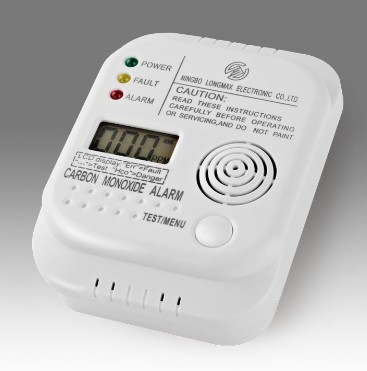Carbon monoxide alarms play a crucial role in keeping h […]
Carbon monoxide alarms play a crucial role in keeping homes safe from the dangers of carbon monoxide poisoning.
Regular Testing:Carbon monoxide alarms should be tested regularly to ensure they are functioning properly. It is recommended to test them at least once a month. This can typically be done by pressing the "test" button on the alarm to check if it sounds properly.
Battery Replacement:If your CO alarm is battery-powered, the batteries should be replaced at least once a year. It's a good practice to replace them during the change to daylight saving time or on another memorable occasion to ensure consistency. Follow the manufacturer's recommendations for the type of batteries to use and the replacement schedule.
Alarm Replacement:Carbon monoxide alarms have a lifespan, typically ranging from 5 to 7 years, though this can vary depending on the model and manufacturer. It's essential to replace the entire alarm when it reaches the end of its lifespan, even if it appears to be working fine. Check the manufacturer's instructions for specific guidance on when to replace your alarm.
Environmental Factors:Consider environmental factors that may affect the lifespan and functionality of your carbon monoxide alarms. Extreme temperatures, humidity, and other environmental conditions can impact their performance. If your alarm is exposed to such conditions, you may need to replace it more frequently.
Monitoring Sensor Functionality:Some advanced CO alarms come with features that indicate when the sensor is no longer functioning properly. Pay attention to any alerts or indicators provided by your alarm and replace it accordingly if the sensor is compromised.
Record-Keeping:Keep records of when you installed your CO alarms, when you've tested them, and when you've replaced them. This can help you stay organized and ensure that you're maintaining the safety of your home effectively.
By adhering to these recommendations, you can ensure that your carbon monoxide alarms are in good working condition and provide reliable protection against this silent threat.